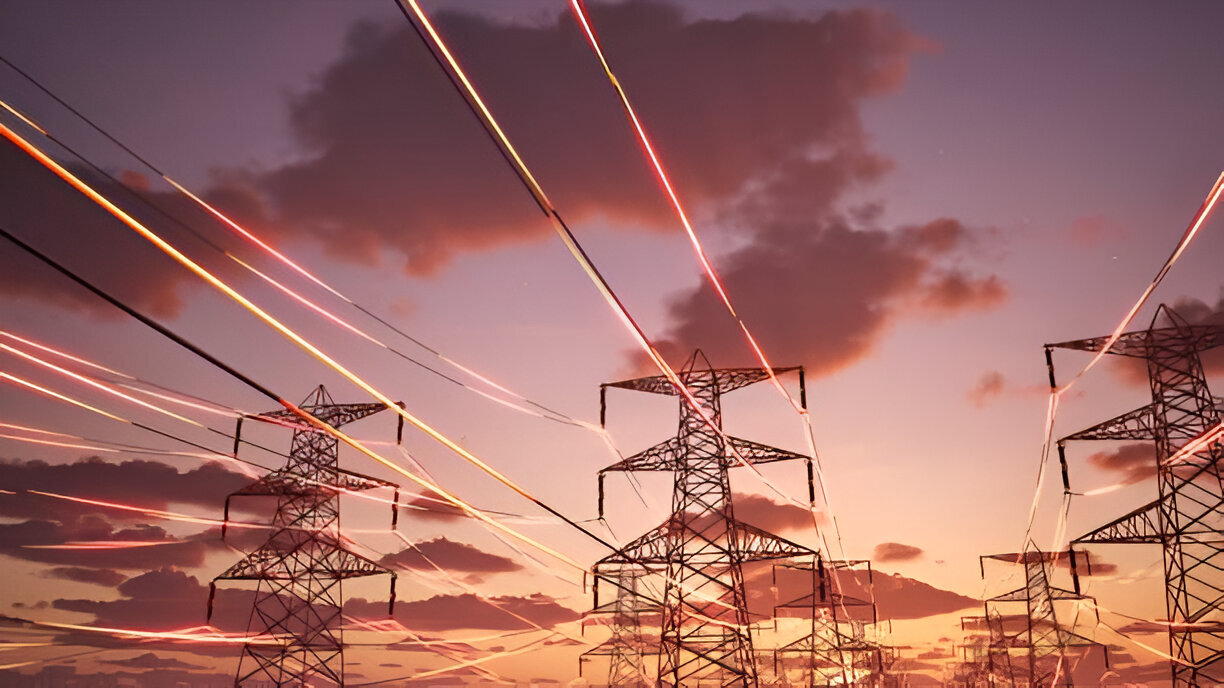
What is the cheapest form of energy in Australia?
When people ask what the cheapest form of energy is in Australia, the answer might surprise you. It is not coal. It is not gas. It is not nuclear either. As of mid 2025, the cheapest form of energy in Australia is renewable energy — specifically, solar and wind.
And it is not just a little cheaper. The cost of generating power from solar or wind has dropped so far that it now undercuts fossil fuels by a wide margin, even after including battery storage and transmission infrastructure.
Why solar and wind are so cost effective
Over the last decade, the price of solar and wind power has fallen dramatically. According to the CSIRO and Australian Energy Market Operator, these two sources now deliver the lowest cost per kilowatt hour of any new energy generation in the country.
That means:
-
Solar farms and rooftop solar can generate electricity for under ten cents per kilowatt hour.
-
Wind power comes in slightly above that, but still significantly below coal or gas.
-
Even when you add battery storage, these options remain cheaper than fossil fuels.
The reasons are simple — no fuel costs, minimal maintenance, and massive economies of scale.
Coal, gas and nuclear still cost more
You might think coal is cheap because we have so much of it, but running a coal plant in 2025 costs more than wind and solar. On top of that, there are ageing power stations, expensive repairs, and growing pressure from emissions policies.
Gas is more flexible for peak demand, but it is also subject to international pricing and price shocks. And nuclear — while a hot political topic — is the most expensive of the lot once you factor in setup costs, waste storage and decades-long approval timelines.
Household energy and the retail gap
While solar and wind might be the cheapest sources to generate electricity, retail pricing tells a different story. Most households are still paying between 25 and 45 cents per kilowatt hour on their bills — depending on where they live and who their provider is.
This gap between generation and retail pricing is due to network costs, retail margins, daily supply charges and market volatility. Which means the cheapest form of energy for the grid is not always reflected on your home bill.
Unless you have solar panels and a battery.
Solar with battery is the best household energy deal
If you are looking for the cheapest energy at home, installing rooftop solar is hands down the most cost effective move you can make.
Here is why:
-
Households with solar panels can generate their own electricity at around six to ten cents per kilowatt hour.
-
Add a battery and you store that cheap power to use in the evening — avoiding peak rates.
-
Some states now offer battery rebates, lowering upfront costs and speeding up payback times.
With solar and a battery, some homes can all but eliminate their power bills — or even get credits from their provider.
What about renters or apartment dwellers
If you cannot install solar, you are not locked out of cheap energy altogether. Some retailers offer renewable-based plans that prioritise green energy or carbon-neutral sources. These plans often come with competitive pricing, and in some cases, rewards for usage during off-peak or sunny periods.
And this is where an energy broker becomes especially helpful.
An energy broker can:
-
Find green-powered plans that align with your values and budget
-
Compare rates across dozens of providers you may not have considered
-
Help you navigate supply charges and time-of-use pricing
-
Make the switching process completely hassle-free
Want to see how Australia’s major providers stack up in the renewable space A detailed look is available on this energy broker page.
Final thought
The cheapest form of energy in Australia today is not a secret — it is solar and wind. And thanks to falling technology costs, increasing incentives and smarter home solutions, it is now within reach for millions of Australians.
Whether you are a homeowner ready to invest in solar, or a renter trying to trim your bills, understanding how the energy landscape is shifting puts the power — quite literally — back in your hands.

